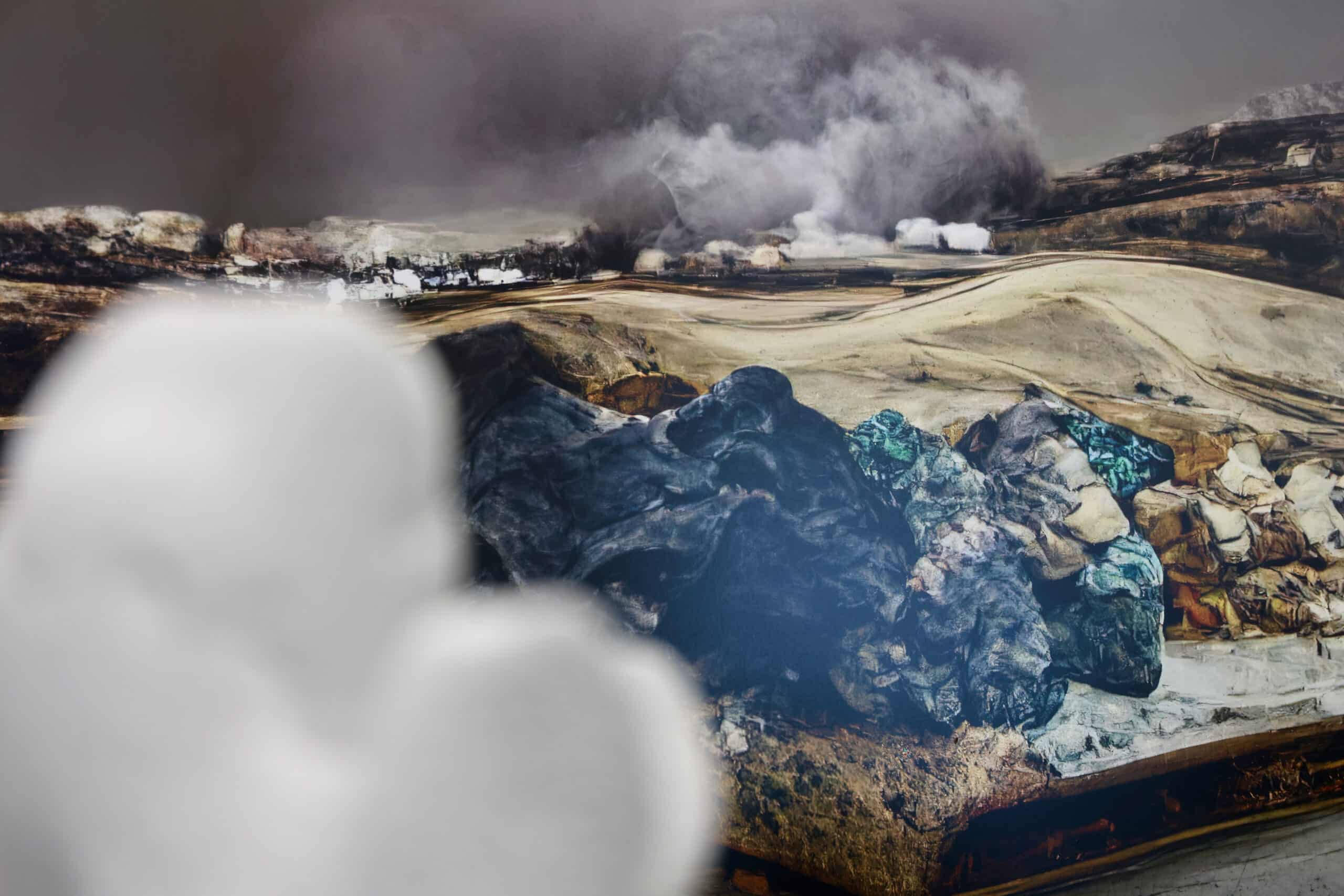ART BASEL, the contemporary art mecca, is showing signs of change. The new, the original, a way of shaking up codes. The initiator of this movement is the Sigg Art Foundation, which supports emerging artists using new technologies. By launching its SIGG ART PRIZE as part of Art Meta, organized for the first time at Art Basel, the Foundation wanted to give them a place of honor and visibility. Héloïse, head of FINE ART at PSPI, was there. An opportunity to discuss artificial intelligence, the promotion of artistic innovation, the love of art and the democratization of culture with Pierre Sigg, founder of the Foundation, his daughter Maurine, Vice-President, and Robin Feldmann, in charge of digital.
These are values totally shared by PSPI, which is delighted to be able to assist and support players such as the Sigg Foundation. Our shared mission is to make art and insurance accessible to as many people as possible.
Could you first explain the role of the Sigg Art Foundation?
Pierre: Our mission is to support artists, young talents, those who want to make history through technological innovation. Innovation is essential, because in what we call “visual art” (Impressionism, contemporary art, modern art) everything has already been done, and for a very long time. We have therefore chosen to concentrate on a niche artistic segment: Digital Art, in order to be at the forefront of the field.
So we support talented artists who want to challenge history through technological innovation.
What does this support involve?
Maurine: In addition to its collection, the Sigg Art Foundation has developed several residency programs in various locations: in France, Saudi Arabia and Greece. These are places steeped in history, where artists can immerse themselves in the local culture and preserve it through art, while learning innovative cultural techniques. Because art, and digital art, can be used to preserve cultural heritage! Like at Al-UIa, for example, an archaeological cradle where artists have used digital art to miniaturize works of art and perpetuate them visually.
Pierre: Within the residencies, a cross-cultural language is established. It’s very important to open up a dialogue between artists, but also between them and culture and heritage, while creating links with innovation.
Tell us about ArtMeta, organized for the first time at ArtBasel.
Maurine: Art meta is the 1st digital fair to take place during Art Basel. This gives the 4 artists selected by our team tremendous visibility: Ben Elliot, Grégory Chatonsky, Justin Aversano and Bernar Venet. We try to have several digital art media represented: screen, print, VR, sculpture. So we can see the plurality of technologies available to artists.
Pierre: It’s vital that those involved in digital, digital art and digital art should be able to meet up, and even more important that they should be able to do so at Art Basel, because they can no longer be sidelined. Perhaps soon Art Meta will live independently of Art Basel, or even overtake it!
As a supporter of digital art, how do you position yourself in relation to artificial intelligence (AI)?
Robin: For us, AI is not a technological revolution like the Internet, but a cultural revolution as impactful as photography was during the Industrial Revolution. AI is revolutionizing the way we represent things and see ourselves through images, generated by billions of data from the web. It’s not an exact representation, but one in which imagination plays an important role. This is what we call “Artificial Imagination”.
You have included an artificial intelligence (AI) on the Sigg Art Prize jury. Can you explain this decision?
Maurine: We wanted to have an AI on the same level as the other members of the jury. With this choice, we’re breaking new ground.
But for us, it’s very important to be all on the same level, between “human” members and AI. To achieve this, we’ve made the “AI jury” as objective as possible, without letting the SIGG team be subjective. So we had to work on this AI in a very neutral way. But beware: it’s important to maintain a dialogue between the machine (the AI) and the human being who will analyze the results. We’ve taken care to do just that, which is also the common thread running through our exhibition at Art Meta.
Robin: For us, it’s our aim, and our approach, to have a jury that’s as multidisciplinary as possible. We have cultural leaders, teachers, an NFT collector and this AI too, who completes the multidisciplinary approach of the jury.
Photo: artwork by Grégory Chatonsky – Terre Seconde


